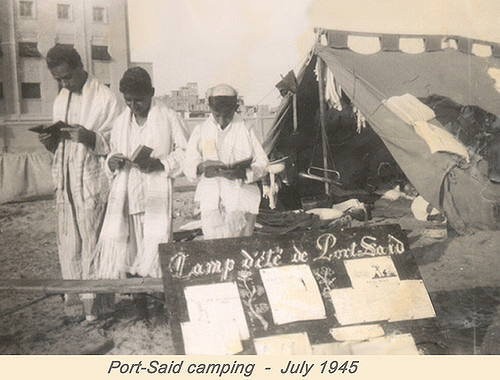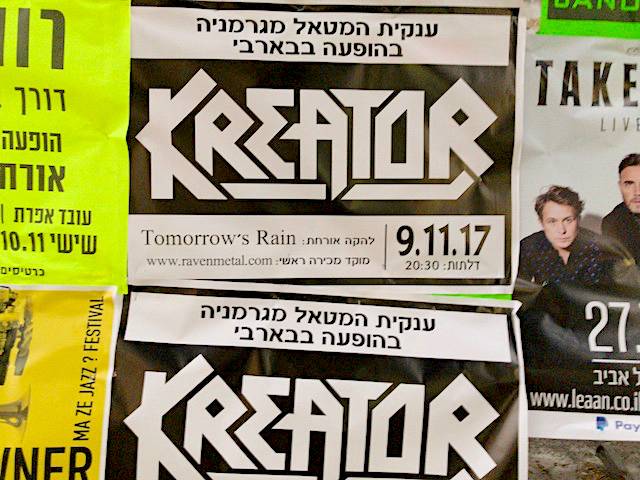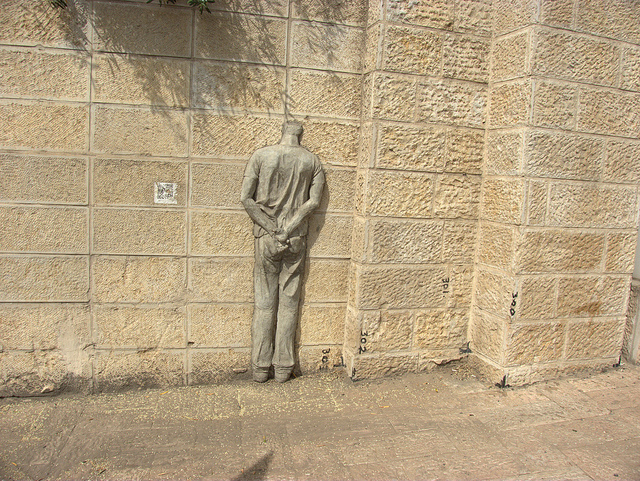One of the questions to be asked of a translated novel is ‘why was this translated?’ The answers can range from the author’s perceived importance, to providing foreign readers with cultural insight, or to publishing economics. Translation is not an individual act that happens simply because someone wants to translate or have their work translated. In systemic terms, these translations are part of a collective cross-cultural exchange. Bourdieu, to take a leading example, wrote extensively about the economy of translation that generated modern European and global literature.
Orly Castel-Bloom’s An Egyptian Novel, originally published in Hebrew last year, has now appeared in English translation from the estimable Dalkey Archive. It is not a natural translation choice. The novel requires quite strong political knowledge of the early Israeli state, a working competence in Tel Aviv neighborhoods and their society, and awareness of the conditions of immigrant absorption in Israel. The book is local literature searching for an international audience. Todd Hasak-Lowy, the translator, does fine work rendering an easily-read translation.
Castel-Bloom has been a major postmodernist figure in Hebrew literature since her 1992 novel Dolly City. If a central feature of postmodernism has been the disassembly of plots, characters, and genre norms, then the Tel Aviv of Castel-Bloom’s recent novels, Textile in 2013 and her An Egyptian Novel, provides a geography for experiment. The conversational story-telling of Castel-Bloom’s writing weaves together the individual lives and family generations inhabiting the city, itself an assembly of stories. In an important sense these conversations – some fictional, some real – shift social discussion from a nationalist literary project to the effects of nationalism on daily lives.
Part-memoir and part-fiction, the story takes readers through the fractious history of early state politics in Israel and the lives of an Egyptian refugee family in Tel Aviv. Egyptian Jewish writers have been quite productive – Andre Aciman, Jacqueline Kahanoff, Edmond Jabès, and Ronit Matalon in the second generation. Castel-Bloom, the child of a refugee family from Egypt, is part of this tradition. Egyptian nationalism and its rejection of ‘foreign’ elements – Jews, Greeks, Italians – created intercontinental echoes, much of it bitter, resentful, and memorializing earlier, better years. Tel Aviv was the nearest locale of an Egyptian Jewish diaspora that spread to Paris, London, and New York.
An Egyptian Novel links Cairo and Tel Aviv. Yet the story discusses more than two urban centers: it is two social revolutions, each finding its own terms. One mid-chapter tells of Hashomer Hatzair, a left socialist Zionist youth movement, whose members both join demonstrations against King Farouk and organized emigration from Egypt. The miseries of the fellahin they encounter when visiting rural areas reinforces their political commitment to Marxism. Theirs is a different path, however, towards Kibbutz Ein Shemer and its modernized agricultural life.
Castel-Bloom uses a family story from Vita Kastil to create a metaphor for this dichotomous choice between two revolutions. He recounts how having joined demonstrators marching to Ismailia Square the police trap them on the Abbas bridge and turn it into a killing ground. To escape the slaughter he leaps some sixty feet into the Nile, telling himself ‘maktub’ (it is written, or fate). A young man encourages Vita to swim to a boat, calling out ‘yalla, yalla, Kilimanjaro!’ Effort prevails over fatalism and Vita swims to safety from among the floating bodies. This metaphoric story creates a parallel between the bloody efforts of two societies for self-determination, even as Egypt and Israel engaged in prolonged and still-continuing animosity.
This was not to be a romantic escape to the kibbutz, unlike Justine in Lawrence Durrell’s Alexandria Quartet. After several years Kibbutz Ein Shemer expelled 21 Egyptian members who had followed Moshe Sneh into the Moscow-oriented Left Socialist Party, part of the fractious kibbutz political splits that followed the 1952 Slánsky and Prague show trials. Instead of becoming proletarians working in the fields, these Egyptian Jews became an urban bourgeoisie; instead of a balcony overlooking the Nile, they got apartments along the Yarkon riverlet’s poor trickle.
Castel-Bloom returns to this theme of Jews and Egypt late in the book, in a penultimate ‘Spring of Riots’ chapter set during the overthrow of Mubarak. As with several other chapters, there is minimal relation to the book’s overall narrative arc. She tells a tale of Fareed al-Amrawi, a Hebrew-speaking guide for Israeli tourists and Celeste Sanuah, a Jew living well-concealed in Cairo society and a near-solitary remnant of the city’s disappeared Jewish community. The irony is that he knows more Jewish history than she. They become lovers, which does not prevent him from disappearing together with her money. It all proves a false relationship, suggestive of the story of Egypt and its Jews.
While the center of the novel remains the Kastil family and their apartment-obsessed friends in Tel Aviv, their middle-class lives, passions, and deaths, Castel-Bloom reaches out to bring in other stories. In the ‘Year of the Pig’ chapter she provides a story of conversion under the Inquisition, converso pig-raising in Palencia, and Kastil family murder. The histories of Spain, Egypt, and contemporary Israel begin to merge into an old-new story of dispersion where family provides a refuge from the state, whatever one governs today.
Photograph courtesy of David Lisbona. Published under a Creative Commons license.





